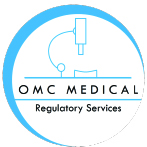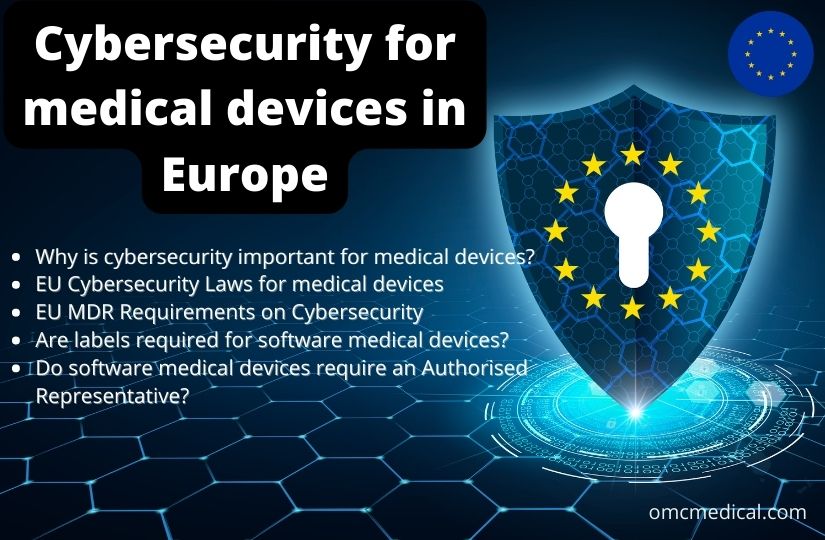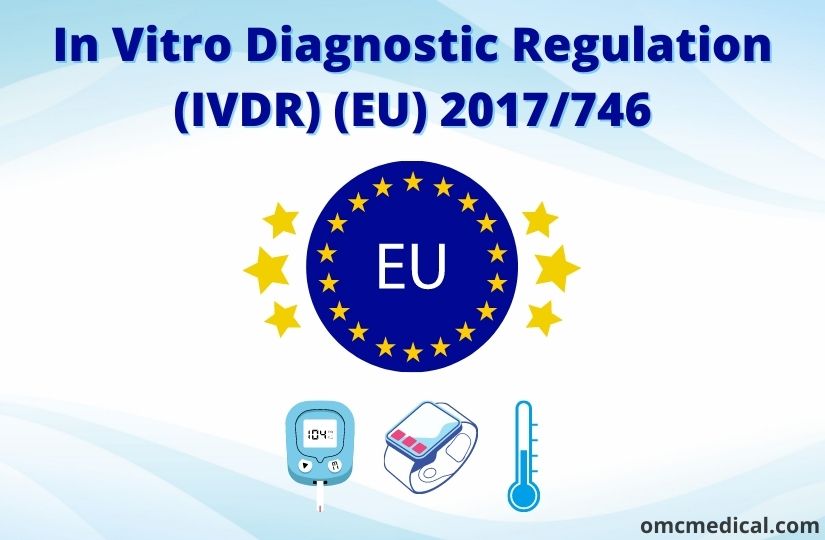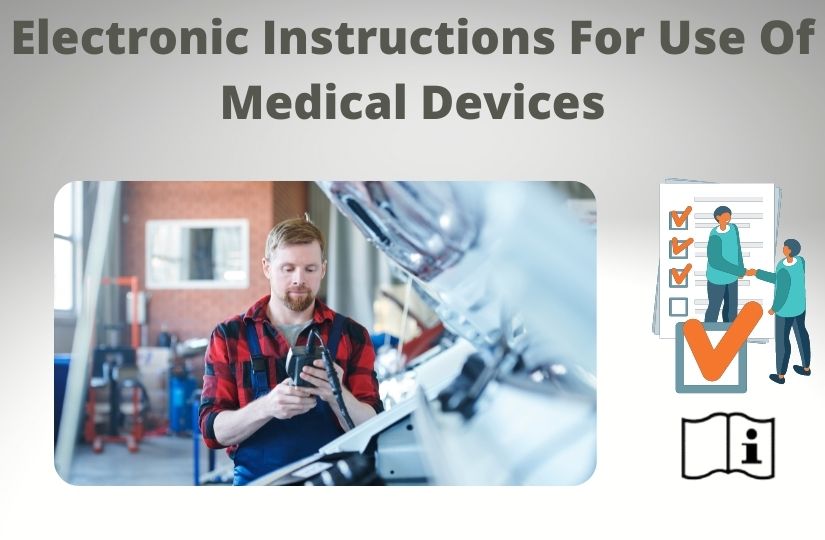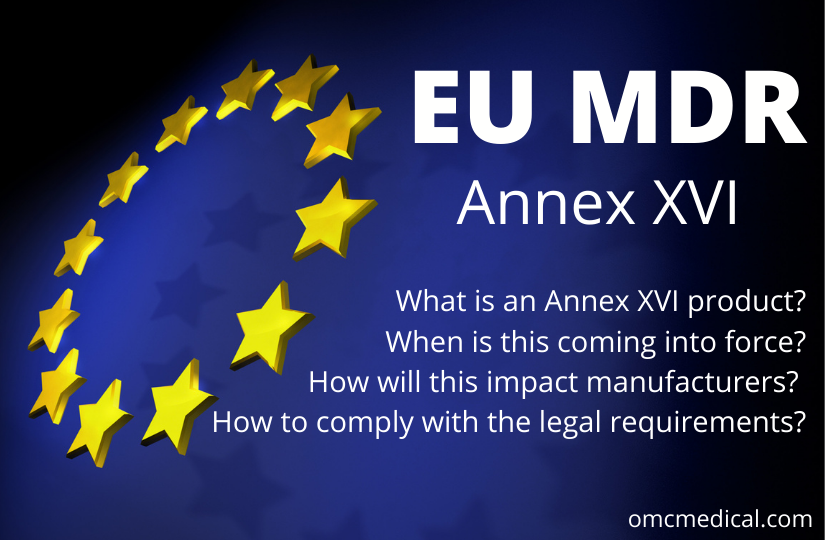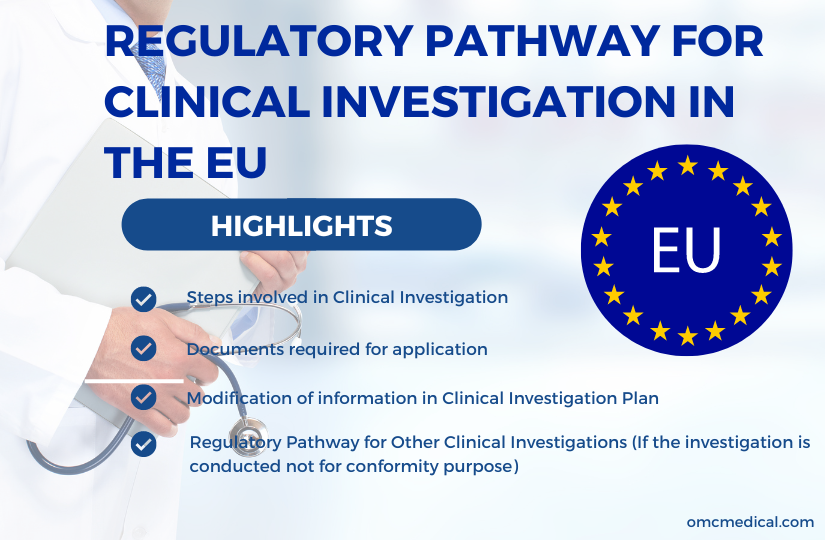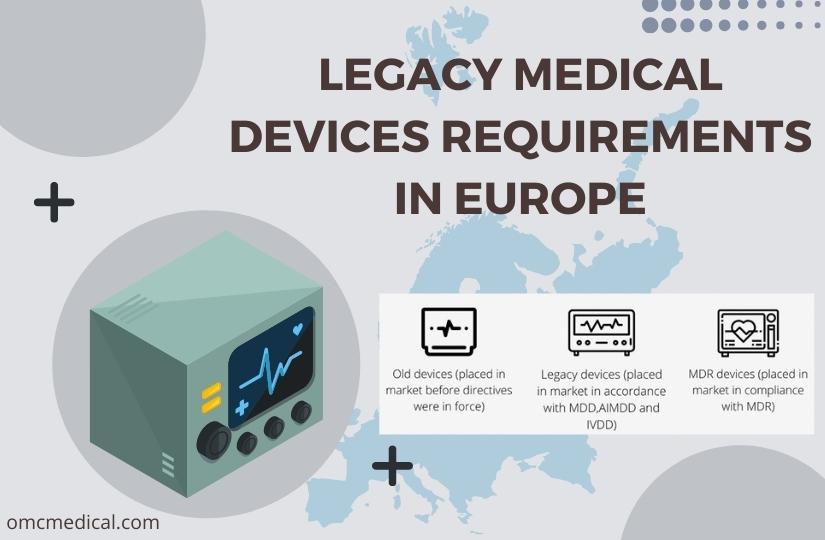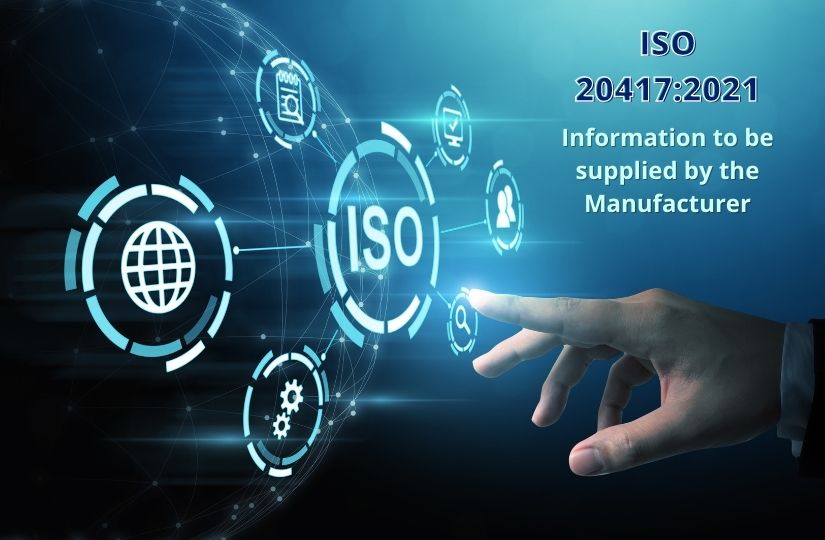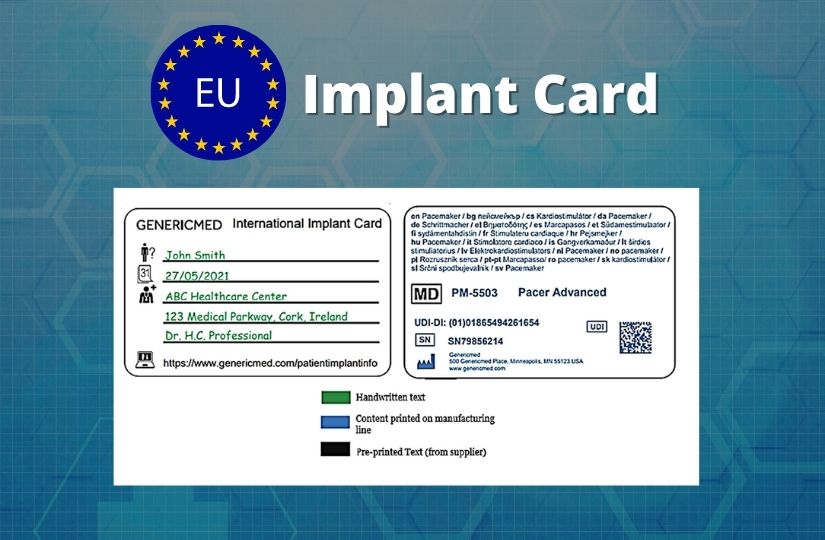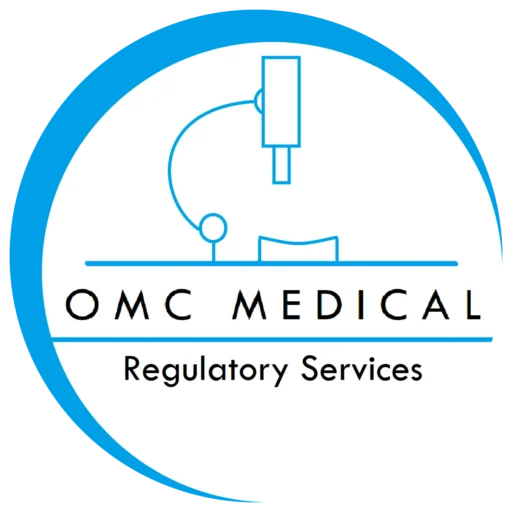Regulations
EU Cybersecurity laws for Medical devices are advancing, and the use of software medical devices is also increasing daily. The increased interconnection of medical devices to computer networks and technological convergence have made devices and software programmes vulnerable to mishaps. The importance of protecting patient data from cyber-attacks is now well recognised. With the advancement of software as a medical device, proper regulations must be established to ensure the safety and security...
EU MDR – Language Requirements
October 2021. The EU MDR 2017/745 brings more safety to the device in the European market. As part of the Safety measure for the largest medical device market in the world EU Union has made measures to make sure the product sold in the EU market is accessible for everyone at the same time is safe and traceable at every stage of the product lifecycle. The new regulation has made measure that a professional user as well as a lay person can understand the correct usage of the devic...
In Vitro Diagnostic Regulation (IVDR) (EU) 2017/746
The IVD medical devices Regulation (EU) 2017/746 (IVDR) brings EU legislation into line with technical advances, changes in medical science, and progress in law-making. The new Regulation creates a robust, transparent, and sustainable regulatory framework recognised internationally, improving clinical safety and creating fair market access for manufacturers. In contrast to the previous Directive, the new Regulation is directly applicable and does not need to be transposed into na...
Electronic Instructions For Use Of Medical Devices
Commission Regulation (EU) No 207/2012 on electronic instructions for use of medical devices was published on 9 March 2012 and came into effect on 1 March 2013. There are 10 articles in this regulation. It establishes certain requirements for the “instructions for use” for the user that must be noted by the manufacturer of the device, to ensure proper and safe use of the device as well as to know about the precautions while using the device. It is meant to reduce potential risks as much...
Annex XVI – EU MDR
What is an Annex XVI product? Annex XVI products are those for which a manufacturer claims only an aesthetic or another non-medical purpose but are like medical devices in terms of functioning and risk profile. These categories of products were added in the new Regulation to establish production and surveillance standards for these previously unregulated products to protect users’ health and safety. LIST OF GROUPS OF PRODUCTS WITHOUT AN INTENDED MEDICAL PURPOSE REFERRED TO IN ARTICLE 1(2) When...
Regulatory Pathway for Clinical Investigation in the EU
Regulatory Pathway for Clinical investigation creates a set of clinical data that is crucial to understanding the effectiveness of a medical device. Clinical Investigation is done for previously CE marked devices or for research medical devices. Clinical Investigation is governed by a clinical investigation plan with an objective, methodology, and record keeping. Top 5 Steps involved in Clinical Investigation Step 1 Appointment of a Representative- Appoint a legal representative....
LEGACY MEDICAL DEVICES REQUIREMENTS IN EUROPE
Legacy medical devices include all previously regulated devices under the Medical Devices Directives (MDD 93/42/EEC 90/385/EEC) and In-vitro Diagnostic Devices Directive (IVDD 98/79/EC). Medical Device Coordination Group (MDCG) published the guidance documents on the Application of EU MDR to legacy devices and Legacy device management for Legacy devices. There are three terminologies to guide the manufacturers – old devices, legacy devices and MDR devices. ‘Old devices’...
ISO 20417:2021 – Information to be supplied by the Manufacturer
Engineered medical devices are introduced to the market for use in clinical scenarios. From a user’s perspective, the safe and effective usage of a medical device is highly influenced by providing appropriate accompanying information with the device labels and user instructions. An international standard that defines the information to be supplied by the manufacturer of Medical Devices is ISO 20417:2021, with the latest version as ISO 20417:2021. Besides, ISO 15223 stands for requirements that...
Quality Management System Requirements of EU MDR
Quality Management Systems (QMS) are defined by the MDR as formalised systems that document processes, responsibilities, and procedures to ensure and continually improve the standard of company activities. To obtain CE marking and market devices in European Union, an effective Quality Management System that complies with EU MDR 2017/745 is must. Article 10 of EU MDR 2017/745 explains the general obligation of manufacturers to place their products in the EU market. A...
Implant Cards for Europe
The European Union’s Medical Device Regulation (MDR 2017/745) introduces a new requirement for manufacturers producing implant cards for medical devices. As per EU MDR, implantable devices are any devices, other than the active implantable devices, that are partially or completely implanted into the human body or are used to replace an epithelial surface or the surface of the eye, by clinical intervention, and are meant to stay in place after the procedure. The device that is intended to be pa...
